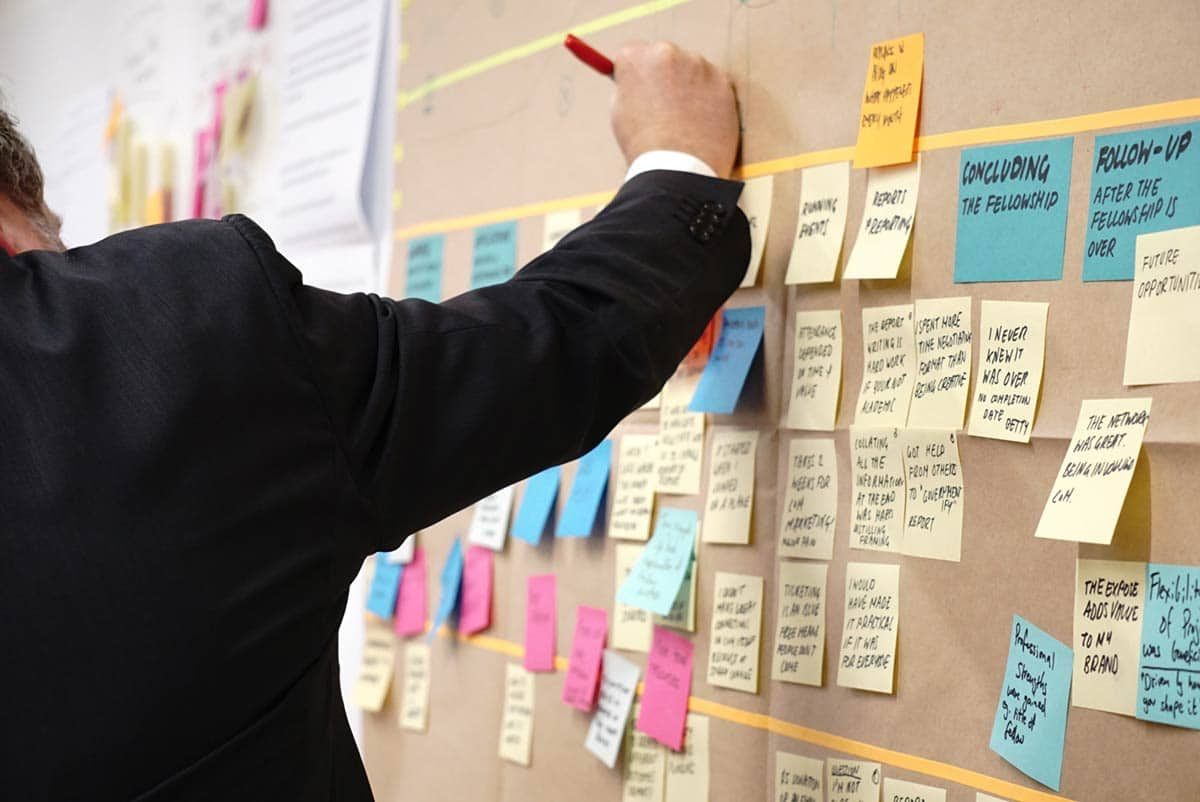A Guide on How to Use Scrum Project Management
If you want to increase your teams' efficiency, scrum project management is one of the most effective tools. Scrum helps teams develop over time based on their shared experiences, organization, and ability to learn from both successes and failures. While it's most commonly used among software development teams, it's applicable to many teams across a wide range of industries. Here we'll review what scrum project management is and how it works.
What Is Scrum Project Management?
Scrum is among the most popular agile project management frameworks for its ability to help develop and manage complex processes and products. The term "scrum" is derived from a rugby term referring to a group of players attempting to gain possession of the ball. In the context of project management, "scrum" applies to team members who come together to discuss a particular project, the project's end goal, and the means of achieving that goal. Scrum meetings are both highly focused and quick, which helps boost efficiency and improve quality.

When implemented properly, scrum project management can connect people in multiple roles to better understand the part that each plays in a particular project. It encourages regular in-depth feedback and communication between everyone involved, from the Scrum Master (the organizer of the team) and Product Owner (the one in charge of the overall project) to the rest of the Scrum Team.
How Scrum Project Management Works
The Scrum project management methodology follows certain principles that help improve software development and other processes. In addition to the methodology, various scrum project management tools can help implement it. Ultimately, the main end goal of scrum is to provide end-users with the perfect product.
One key term you're likely to encounter in scrum is "sprint," which is used to describe the consistent feedback and cycles in which team members meet and present a product.
Scrum project management involves three central roles, including the Product Owner, Scrum Master, and Scrum Team. The project starts with the Product Owner, who is responsible for managing the business aspect and serves as the primary stakeholder. Based on what the Product Owner wants to achieve, the team will work to achieve it. Meanwhile, the Scrum Master puts together and manages the scrum team, functioning as the guide for the rest of the team while working with the Product Owner. The Scrum Master facilitates processes, works closely with the Scrum Team, and tries to avert potential inefficiencies that may otherwise impede the team's progress. The Scrum Team consists of a group of qualified members who work together to deliver results based on the Product Owner's vision. The team works under the Scrum Master and can include analysts, developers, and product testers, among others.
The scrum project management process begins when the Product Owner, or customer, approaches the team with a particular need. From there, the product is split into several parts, which the team prioritizes and works to address in brief sprint cycles. Typically, the sprint length falls between two and four weeks but shouldn't exceed four. The team will deliver a product increment at the end of each sprint that serves as a shippable iteration of the product. Throughout the project, teams will meet for around 15 minutes on a daily basis to discuss their progress and potential obstacles to overcome. In the process, the team maintains transparency and everyone remains on the same page.
Conclusion
To help facilitate the scrum project management process, teams can use certain software to help manage different tasks, roles, and products. The right software can provide teams with mind map templates and a means of efficient communication to maintain transparency and efficiency. Using both the scrum methodology and the appropriate tools, teams will complete a project on schedule and better ensure optimal quality upon product delivery.
